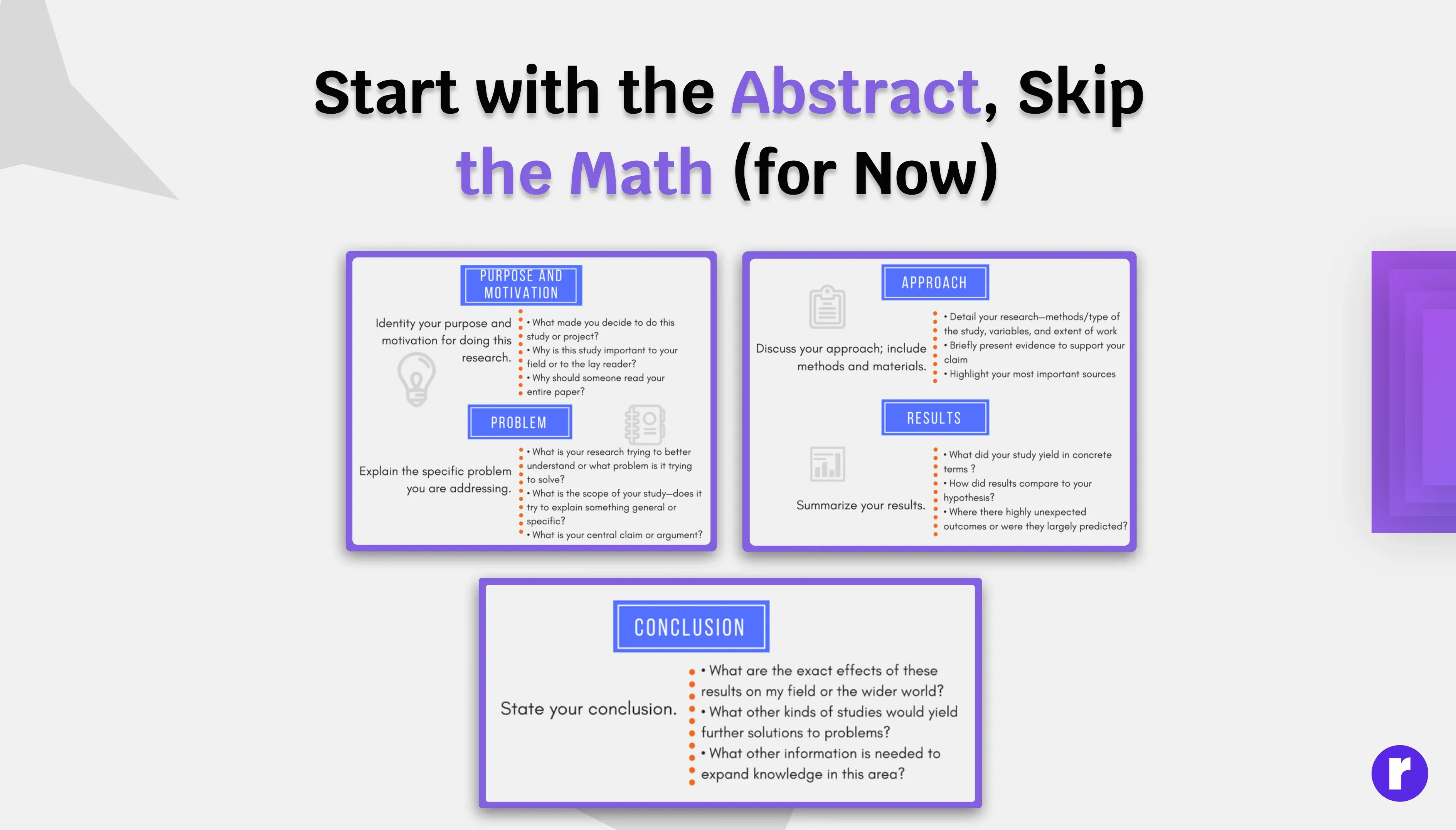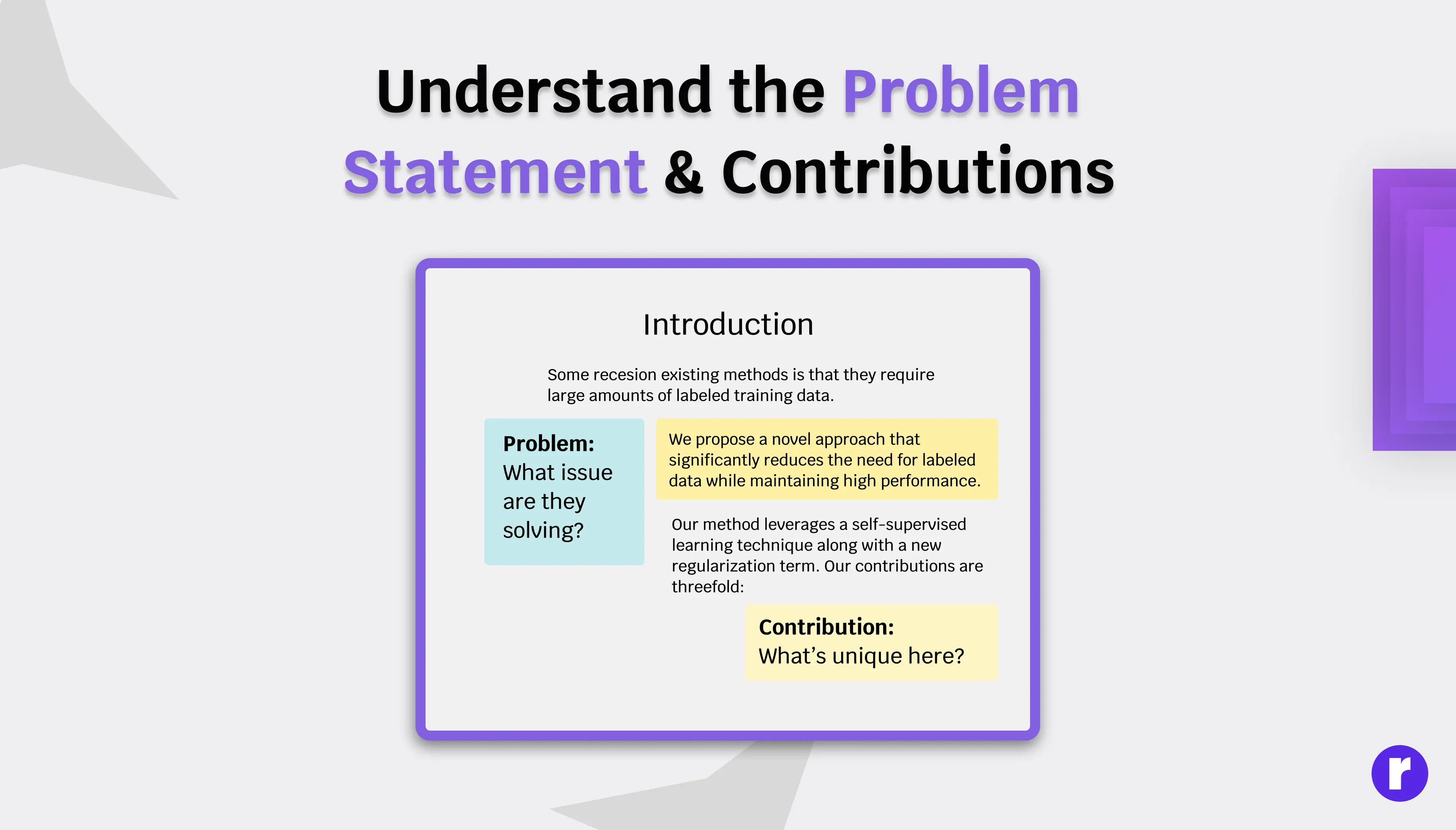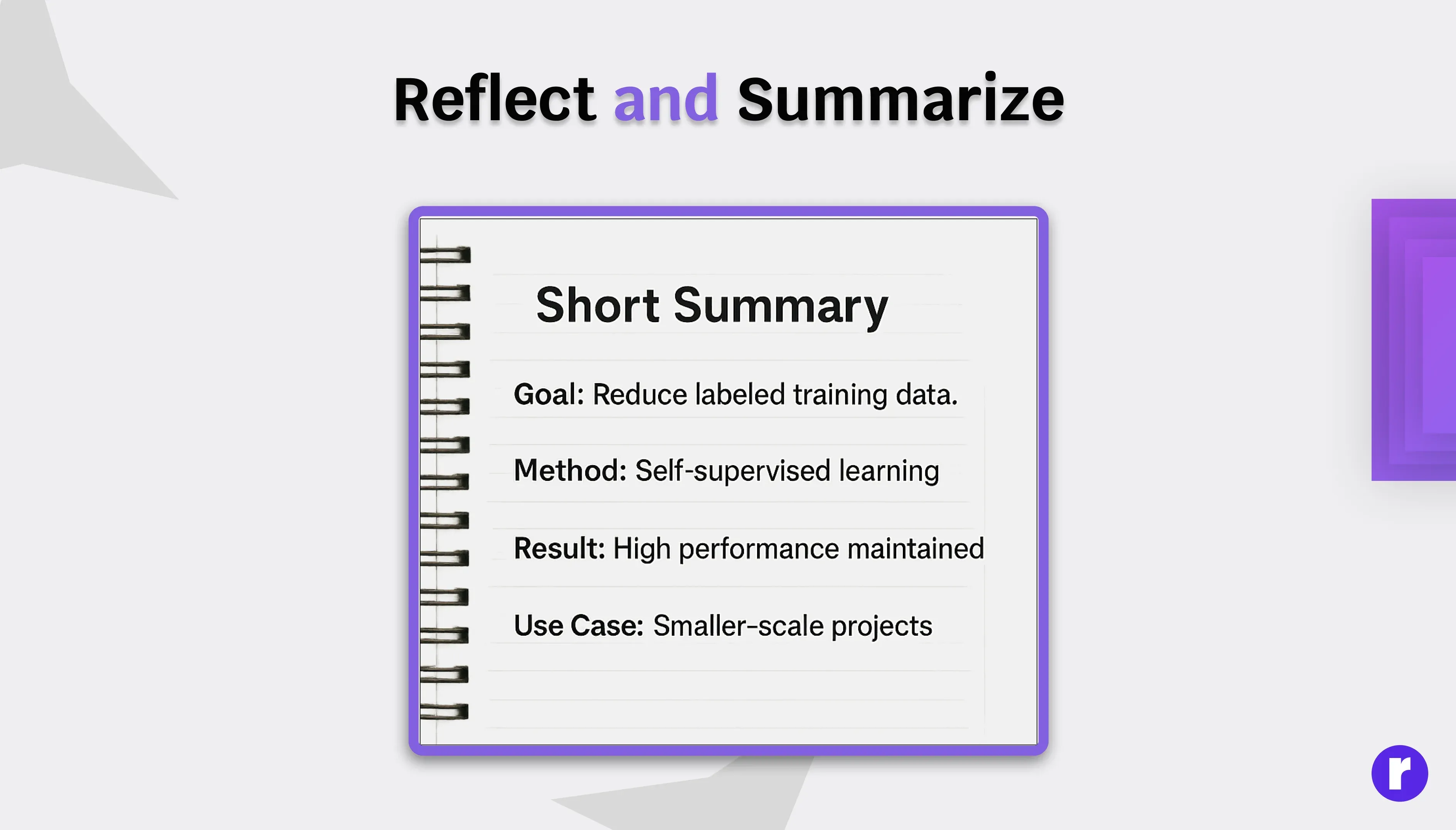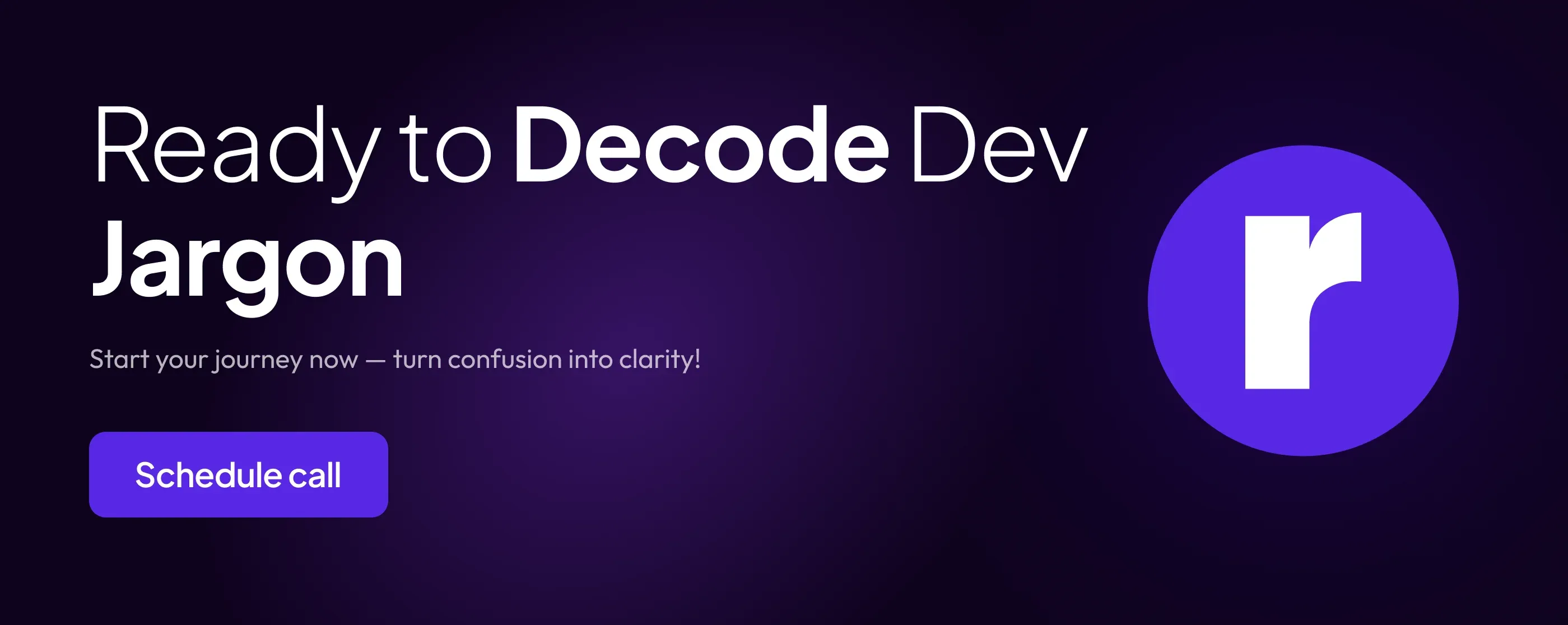Cracking the Code: Your First Steps to Understanding Dev Research Papers

Written by
Vishal Chanda
Front End Developer
Table of contents
Build with Radial Code
Understanding developer-focused research papers can feel overwhelming—especially if you're just starting your journey in tech. With dense language, complex algorithms, and unfamiliar terms, many beginners shy away from diving into these valuable resources. But learning to navigate them opens a world of cutting-edge ideas, best practices, and deeper technical knowledge.
Start with the Abstract, Skip the Math (for Now)

Research papers usually open with an abstract—a short overview that outlines the purpose, approach, and findings. By scanning this section, you can quickly judge if the paper aligns with what you’re looking for.
- Quick Tip: Avoid getting lost in formulas or technical details at first. Instead, concentrate on identifying the core problem and why it’s worth solving.
Understand the Problem Statement & Contributions

After the abstract, the introduction and problem statement explain the motivation behind the research. Authors often list their key contributions—what makes their work unique
- Look for: Phrases like “We propose,” “Our method,” or “Our contributions are…” These signal what the authors are adding to the field.
Skim First, Deep Dive Later
Don’t get stuck trying to understand every detail on your first read. Instead, do a quick pass to get a big-picture overview, then go back to analyze specific sections more deeply.
Focus areas for the second read:
- Figures and diagrams (they often explain complex ideas visually)
- The methodology (what was built or tested)
- The evaluation (how well it worked)
Decode the Jargon
Academic papers love abbreviations and technical terms. When you hit a wall of jargon, pause and define each unknown term.
Use resources like:
- Google Scholar
- Wikipedia
- AI tools or coding forums
Reflect and Summarize

Once you finish reading, try drafting a brief recap using your own language. Ask yourself: What challenge were they addressing? What solution or proof did they present? And how might their work inspire or enhance your own projects?
- Bonus Tip: Try explaining the paper to a friend or writing a blog post about it—teaching is the best way to solidify your understanding.
